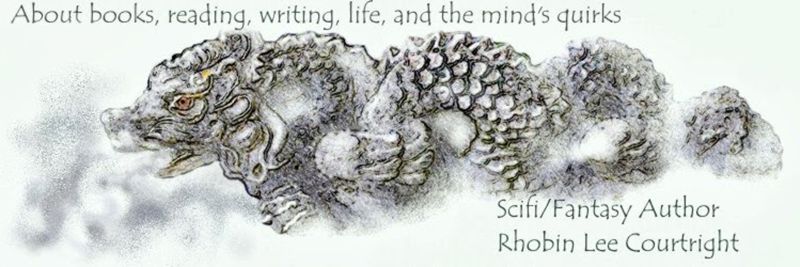The topic for this month’s round robin is an opinion on love, sex, and relationships in books. What seems acceptable? Is it necessary in a story? And what goes too far?
For me, the relationship between characters is a huge component in both my reading and writing. Relationships come in many types of rapport, often nuanced between accord and discord. I think it is one of the keys to a good story. These relationships include family or friend, acquaintance or stranger, and involve a wide range of human emotions and reactions.
In most romance novels it is the developing relationship between a couple that makes the story, and this opens many paths to sexual encounters. In other genres, it is the past and present relationships between friends and family and how they affect the main character's purpose and agenda that develops the story, although romance and sex show up in them, too. In all stories, the main characters' relationships, good or bad, help develop a story. It is how these relationships move the story's ultimate purpose that counts. That is why I enjoy reading and writing, no matter what the genre is.
For thousands of years, going all the way back to Babylonia and probably longer than that, explicit sex or sexual innuendo has attracted readers, mostly in verse. It just wasn’t published as today's stories are, so the sexual act in writing has always been prevalent. Now the genre of erotica takes sex in all directions.
Another thing that has developed is a new awareness of human sexuality. Today sex isn’t just labeled heterosexual or homosexual, but can also include asexual, bisexual, or pansexual. Any of which can lead to a scene in a story although sexual encounters don't necessary mean love. A reader just needs to choose a favorite type and read.
This emerging attitude has had an influence on storytelling in the last few decades. For many years most major publishers or romance like Harlequin avoided any sex scenes other than kissing in their novels. Now they seem to prefer publishing stories with very explicit sex scenes. But mainstream had other values. The Group by Mary McCarthy, published in 1933, was a best seller in America but banned in other countries for its objectionable content.
What goes too far? It doesn’t seem like anything goes too far. Readers can find almost any type of sex on the Internet through various publishers. Most are loving sexual scenes. Some are not. I often wonder about what the readers/viewers take away from some degrading or abusive scenes written for the seeming pleasure of the reader, not their abhorrence.
I’ve read many types of sexual scenes, but surprisingly don’t seem too proficient at writing them, so usually leave implied encounters rather than explicit ones. In reading, my personal preference is no graphic depictions of rape or vicious sexual encounters of any type or those that degrade one partner or the other. Sometimes sex scenes just bore me, too, especially when such a scene doesn’t do anything to move the plot forward. It often appears to me as nothing more than a gratuitous inclusion. On the other hand, I know this is my preference. I do not make judgments on what anyone else likes to write or read.
Please read the following authors' posts on this topic:
Margaret Fieland
Skye Taylor
Victoria Chatham
Beverley Bateman
A.J. Maguire
Marci Baun
Dr. Bob Rich
Diane Bator



